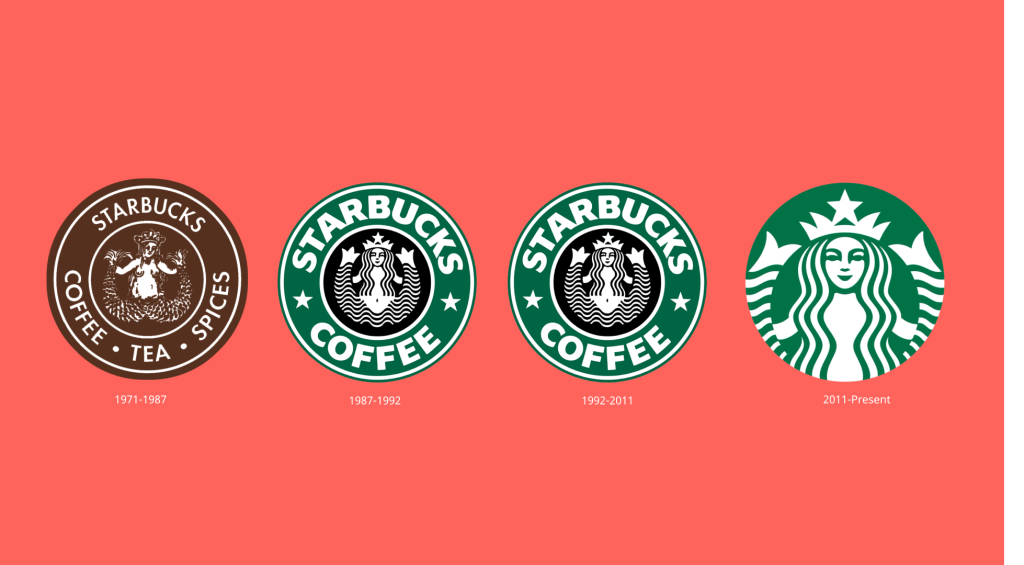
In recent weeks, the discussions around branding have intensified due to the sudden rebranding of Twitter to X .
This development has prompted numerous companies and business owners to contemplate whether their businesses might require a refresh or rebrand. The signs pointing to a need for an update may have been there for some time, but fear of the rebranding process might have held you back. Alternatively, a brand refresh could be the best solution to breathe new life into your business and retain your customer base.
Running a business involves many uncertainties, but your brand strategy should never be one of them.
This article will uncover the key differences between a brand refresh and a rebrand. We will help you determine which solution best fits your specific business challenges and provide expert strategies to reinvigorate your business and maximize brand value for long-term success.
What is a Brand Refresh: Fine-Tuning Your Brand
A brand refresh is a method to invigorate your brand and ensure it remains aligned with evolving market trends and shifting consumer preferences. You can achieve this without altering your unique value proposition while preserving the essence of your brand.
A brand refresh does not mean that you need to make drastic changes to your business goals, strategy, or positioning. Instead, it’s about refining and improving the existing elements of your brand. This may mean subtly adjusting your logo, enhancing your color palette and typography, updating your website, or redesigning your communications materials and digital resources. Think of it as a polished version of your brand. One that retains the same brand equity while revitalizing it to stay relevant. Compared to a complete rebrand, a brand refresh is less expensive and can be executed relatively swiftly.
Starbucks is a good illustration of a successful brand refresh. Since its inception in 1971, Starbucks has undergone three phases of brand refreshes by modernizing its logo to reflect the changing times. The first two updates involved modifications to their color palette or slight tweaks to their logo. The original essence of the logo and the brand name did not change. The most recent refresh in 2011 included updates to a more contemporary logo and removing the brand name from the logo.

The changes made to the Starbucks logo did not change its brand promise, business strategy, or positioning. The brand just had a makeover to keep relevance to the current times.
What Is Rebranding: A Complete Transformation
A rebrand, on the other hand, is a complete overhaul of your brand. A company usually undertakes a rebrand to indicate a profound shift in the brand’s core, promise, and positioning. Rebranding can stem from various factors such as a shift in business focus, expansion into new markets, consolidations, merger & acquisition, selling the business, a change in values, or sometimes the need to shed associations with a negative brand image.
Rebranding transcends minor adjustments and carries significant implications. When undertaking a rebrand, it necessitates a comprehensive reevaluation of your brand’s ethos and value proposition. As part of a rebrand, you may adopt a new name, introduce an entirely new logo, a fresh brand identity, and a new brand messaging strategy.
Successful rebranding requires a cautious approach to introduce a new identity while retaining brand equity and the trust of your customers. Furthermore, rebranding is a more expensive and time-consuming process. It’s crucial to ensure it is necessary before undertaking such a transformation.
Rebranding efforts can present unexpected hurdles, particularly when customers fail to respond favorably. After all, change is never easy, and a new vision can be difficult to communicate effectively. Consumers can react with enthusiasm, confusion, indifference, or outrage depending on the motives for the change, hence why it is imperative to use storytelling effectively when going through a rebrand.
Rebranding can be complicated and requires careful execution. The recent rebrand of Twitter to X, for example, has sparked varied opinions, from excitement to outrage. While it’s too early to judge its success, the rebrand seems rooted in a growth projection for new business opportunities, turning X into a ‘Super App.’
Guiding Strategies for Success
Having gained insight into recognizing whether your brand needs a refresh or an overall rebrand to address business challenges, let’s explore some strategic guidance that can help you ensure a seamless transition and maximize your brand value.
- Assess the Business Landscape
- Data Analysis and Customer Insights
- Rework your Brand Strategy
- Assess the Risks
- Leverage Storytelling
1. Assess the Business Landscape
Before determining whether to go with a rebrand or a brand refresh, you should conduct a thorough market analysis. Pinpoint the precise challenges that your business is facing, define your goals, understand your competitors, gain insight into your customers’ expectations, and evaluate your brand awareness and sentiment.
2. Data Analysis and Customer Insights
Engage with customers and solicit feedback on your products or services. Insights derived from data-driven analysis can unveil critical gaps, informing the appropriate course of action to remedy them.
3. Rework your Brand Strategy
After identifying the gaps and deciding whether to go for a refresh or a rebrand, it’s time to set your goals and update your brand strategy. Clearly outline your objectives and define whether you aim to reposition the brand in the market, target new customers, rectify a negative image, or introduce new products. This will set the foundation to build your brand strategy.
4. Risk Assessment
As a business professional or owner, there is an inherent understanding that both a refresh and rebrand involve associated risks. Rebranding risks include the potential loss of brand equity and prior investments in creating that brand value, the potential to alienate loyal customers, and increased investment in customer acquisition. A brand refresh is less risky, depending on the extent of change, but it might not induce a significant impact to move the needle.
5. Leverage Storytelling
Whether you opt for a brand refresh or a rebrand, you must ensure the new brand strategy is consistently communicated across all touchpoints. Especially during rebranding, storytelling plays a pivotal role in explaining to existing and prospective customers the rationale behind the rebrand, outlining the vision of the new brand, and maintaining consistency in the new brand messaging.
The Right Path for Your Brand
Ultimately, the choice between a brand refresh and a rebrand hinges on your specific circumstances. Consider factors such as an outdated brand, market perception, competitive landscape, and the degree of necessary changes. Each approach entails benefits and risks, but the overarching objective is to enhance your brand’s resonance and value.
Adapting your brand to evolving market dynamics and changing customer expectations is imperative. Whether you opt for a subtle refresh or a transformative rebrand, the key lies in strategic alignment with your business objectives. In today’s dynamic digital-first environment, stagnation can lead to irrelevance. Thus, evaluating the need for a brand refresh or a rebrand represents a proactive step toward ensuring your business thrives amidst ongoing change.
A Strategic Leap Forward
In the pursuit of business growth, your brand plays an indispensable role. It’s not just a logo, it’s your identity, your value proposition, and your promise to customers. Deciding between a brand refresh and a rebrand requires thorough introspection and strategic foresight.
As markets evolve, your brand must evolve in tandem. A brand refresh can be like a makeover, breathing new life into your identity. Rebranding, on the other hand, is a more extensive transformation that can herald a new era for your business.Remember, the best choice for your business depends on your unique circumstances, objectives, and market dynamics. Seeking professional guidance can lend valuable insights into whether the time has come to refresh your brand or commit to a transformative rebranding journey.
So, as you navigate the branding landscape, ask yourself: Is it time to give your brand a new uplift and breathe new energy into your brand, or has your business reached a point of no return in which a more intense reinvention is necessary?
If you need help deciding whether a brand refresh or a rebrand is the best way to maximize your business value, Brand Lounge can partner with you to help you think through the best strategy for your business. Connect with us to discuss your brand strategy needs with our consultants.





